Ramon (Ray) Duarte:
CLASS OF 1966
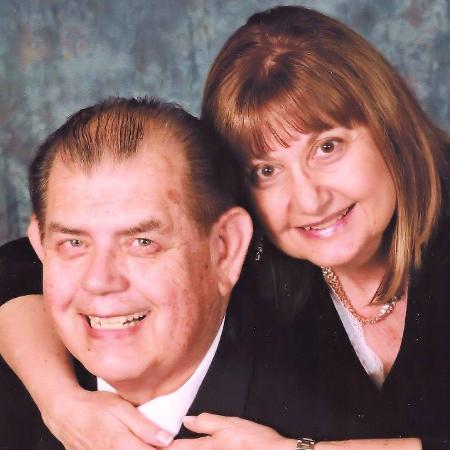
Sylmar High SchoolClass of 1966
Sylmar, CA
Ramon (Ray)'s Story
The Angel Effect
A Walk between Raindrops
Authored by Ray Duarte
Edited by Arlene Uslander
In the larger view of this book, there is a timeline of life-experiences that I either felt or encountered. Each short story in this collection was inspired by, or loosely based on, actual events from my life or the lives of others known to me, either directly or indirectly. However, the overarching perspective is from the world of the Spirit, with a deep love and belief in God and His Angels, juxtaposed with the world of the Rule (the secular world). Within this dichotomy, the life-experiences of an adult are frequently interlaced with a child's point of view, as well as the mystique of the "angel effect."
Publication Date:
Mar 27 2014ISBN/EAN13:
1493753428 / 9781493753420LCCN:
2013920869Page Count: 246
Binding Type: US Trade Paper
Trim Size: 5.5" x 8.5"
Language: English
Color: Black and White
Related Categories: Body, Mind & Spirit / General
On Amazon
BIOGRAPHY:
Born in the Mission City of San Fernando California on January 5, 1948 Ramon (Ray) Duarte is the only son of Juanita and Salvador Duarte.
Married Sophia Contantian Garabedian on April 17, 1983. He has two sons from a previous marriage, David Ramon Duarte born June 21, 1975 and John Robert Duarte born June 15, 1978. David and his wife Leticia are currently expecting their first child to be born mid November 2012, blessing Ray with his third grandchild. John and Bethany Duarte have given Ray his first two grandchildren: Faith Alejandra Duarte born July 29, 2007, and Josiah James Duarte born January 25, 2011.
His son David is a graduate of California Polytechnic State University San Luis Obispo with a degree in Architecture. John is a Lieutenant Commander in the United States Navy and a graduate of the United States Naval Academy in Annapolis Maryland. He is currently deployed overseas in the service of his country.
Ramon'ÃÂs Major in High School wasÃÂScience-Math College PrepÃÂ. Unknown to his parents and counselors until graduation, he quietly completed every course in advance mathematics, physics, chemistry, and physiology that Sylmar High School could offer. He also completed all of the advanced senior courses in composition and met the foreign language requirement for a Major in that discipline if he had so chosen. He did so by taking advance courses in summer school. Ray recalls his counselor saying that he had qualified for five different Majors but that only one could be recognized on his diploma. He chose Science. Because he maintained high marks in his classes he was awarded one of Sylmar High School's first Scholar Athlete Awards for Lettering in Varsity Football and maintaining his grades at a higher level. Upon Graduation he was selected as a speaker to represent his Class.
He worked as an Orderly for 2 years while he studied to become a Licensed Vocational Nurse (LVN), and then worked as an LVN for 2 years as he completed his Registered Nurse (RN) training. The RN program at Los Angeles Valley College were 2 full academic years in Nursing and 2 full academic years in General Education which amounted to 4 years of College compressed into 2 years. Students are no longer allowed to take these Nursing courses concurrently with lower division GE courses. Upon Graduation he was selected to be a speaker of their Nursing Class.
Because of his background in Science and Math and his interest of anatomy and physiology it was no wonder that upon completing his RN training he chose to apply for employment at the
ÃÂmelting po of the medical world, Los Angeles County USC Medical Center. In 1971 it was affectionately referred to as "BIG G". Renal Ward 4000 was where miracles happened. The training was 2 years in length requiring the graduate nurse to establish and display ICU/CCU skills. The first leg of the rotation began with the care of the patient undergoing kidney transplantation. These renal nurses in 1971 became proficient in every aspect of renal replacement therapy, kidney transplant, peritoneal dialysis, and under hemodialysis, they were trained in self-care, home care, in-patient care and acute care hemodialysis. This type of training does not exist any longer and Duarte feels fortunate to have experienced it. Duarte says, "I owe a debt of gratitude to Eugenia Orellanos, RN and Dr. Benjamin Barbour who were two of the primary designers of this marvelous program."
With apologies to Charles Dickens
ÃÂIT WAS the best of times, it was the worst of timesÃÂ in 1971 for anyone who cared about their fellow human beings in service of renal replacement therapies. This particular service in the United States brought together rich and poor patients, people of all races, creeds and nationalities because treatment for kidney failure was limited and difficult to obtain. This was the time when names were drawn out of a hat to determine who might live and who would die. This was also the time when many that are now treated with dialysis and kidney transplantation as a routine matter would have not been chosen at all.
At the time Ray was hired he was cautioned that there was a 25% probability he could contract hepatitis with a 1% probability of mortality. Recently it has been determined that newly trained professionals have a 40% probability of morbidity in the first year with a 10% probability of mortality over all. The nurse recruiter advised Ray at the time of newly developed principles and procedures for ÃÂUniversal HazardsÃÂ in infection control to be implemented and strictly enforced. In short there were no guarantees of his safety as he proceeded with his training in this field. Having already toured the renal unit and so moved by the courage of these patients, all he wanted was the privilege to be of service. Few realize the risk he and his colleagues face each day they go to work.
In 1971 the treatments for the most part were 6 hours long. Their staff of technicians ...Expand for more
assembled the dialyzers (artificial kidney filters); these artificial kidney filters were primed with formaldehyde and rinsed with sterile normal saline. Because they were using plate dialyzers no blood pumps were required for patients with Scribner Shunts (patients with Cemino Fistulas and Grafts did use blood pumps). The technology for air foam detection was non-existent, and therefore the nurses, technicians and patients were ever vigilant and fearful for air in the lines with blood flows at a rate of 300 to 500 cc a minute. The patients were taught to know, as much as possible, and in some cases as much as the nurses and technicians knew to participate in their own care. Ruptured membranes in the dialyzers (or kidney filters) were a common occurrence and the blood loss was so great that blood transfusions were always required. Training in this area was frightening. There were so many steps to learn in the care of the patient; nothing in the way of equipment was automated, and the nurse had to react competently and without hesitation in all emergencies even if still not fully trained;ÃÂ they were incredibly short of staff. "I felt fear as I began my training, cognizant of the many things that could go wrong", says Duarte. "My hands would not shake, my concentration intensely focused, I would then begin to perspire profusely." It was a non-verbal physiological response that, though most uncomfortable, communicated to his patients without any words that he cared and wanted nothing but the best for them. The only way he could promote his comfort and more importantly maintain the integrity of his sterile field was too design a system that now has become his trademark. Ergo the Gray Hat! At County they had Green surgical hats ÃÂ a sweatband with one of these hats over it took care of Duarte's needs, and maintained the integrity of a sterile field.
In 1971 there were many unanswered questions in renal replacement therapies dialysis was still much in its infancy with research being done at every level. It is because of Duarte's strong background in Critical Thinking that he started designing research projects to attempt answering some of the questions. He has approximately 30 abstracts presented at regional and national conferences, nine manuscripts in print, and has been successful in acquiring one research grant. But his first love, his forte if you will-is to be at the bedside with the patient. In the last analysis, "none of my accomplishments" says Duarte "would have occurred without the help and support of the many professionals I work with." Duarte's research work impresses significance. Post cards calling for reprints start arriving from all over the world. It was only then he realizes the significance of his research work in his effort to help the dialysis patient.
"I believe in growing F A T with passion", says Duarte. " F - A - T - FOCUSED, ATTENTIVE, and committed to a TEAM effort. This has always been my formula for success."
Ray Duarte, Clinical Instructor, Registered Nurse and Nurse Researcher, has been recognized for showing dedication, leadership and excellence in health care research.
He is an innovative Santa Barbara nurse, dedicated to kidney-impaired patients. Since becoming a registered nurse 38 years ago, Ray Duarte has been beset with a difficult challenge: How to improve the quality of life for kidney-impaired patients. To this experienced nephrology specialist, the current dialysis machine is a miracle of modern technology, and he has participated in the research process to improve it. After much exploration with fluid removal models, Mr. Duarte developed the first in vivo ultrafiltration rate monitor. This prototype device allowed for the first accurate projected fluid removal techniques. Mr. Duarte's equations of projected fluid removal (utilized in every computerized dialysis machine) have reduced the many discomforts normally felt by earlier kidney patients when too much or too little of the required water was removed.
A steady, quiet working specialist and researcher, Ray has excelled in a field often troubled by severe shortages of funding in research for nurses. His many letters of commendation describe him as knowing as much about nephrology as most physicians in the field and he became the first nurse to be invited to join a medical honor society, the American Society for Artificial Internal Organs.
The California native has published several articles in medical journals and lectures at national physician and nurse conferences as often as his personal finances will permit. His valuable research and compassionate bedside manner have earned him the respect of his professional colleagues and the affection of his patients. "They are the most courageous people I know," says Mr. Duarte of kidney-impaired patients who must undergo three- to four-hour dialysis treatments three times a week.
Mr. Duarte's article "Seismic Risks in Nephrology,ÃÂ published in October 1988, established the first guidelines for the practice of nephrology in earthquake disasters and was referenced in the March 1990 issue of the New England Journal of Medicine. His article published two months prior to the Armenian Earthquake in December 1988 helped him coordinate an airlift response.
In 1976, Mr. Duarte received the Dedicated Services Award from the Hemodialysis Foundation. In 1986, he was named Allied Health Professional of the Year by the National Kidney Foundation of Southern California. In addition, he was nominated at the 1991 New York Academy of SciencesÃÂ Scientific Awards. He is also a recipient of a $10,000 grant from the Santa Barbara Cottage Hospital Research Committee. Looking forward, Mr. Duarte intends to continue to write and publish innovative work in both the health care and creative genres.
For more information about Mr. Duarte's professional accomplishments, please visit by searching for his web site under Ray Duarte, RN.
Register for Free to view all details!
Yearbooks
Register for Free to view all yearbooks!
Reunions
Register for Free to view all events!
Photos

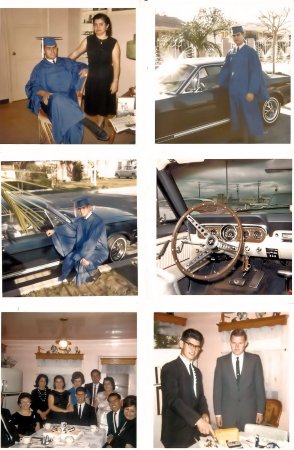
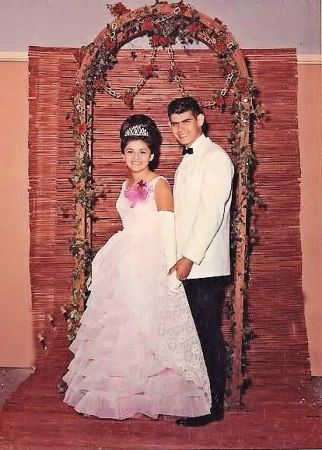
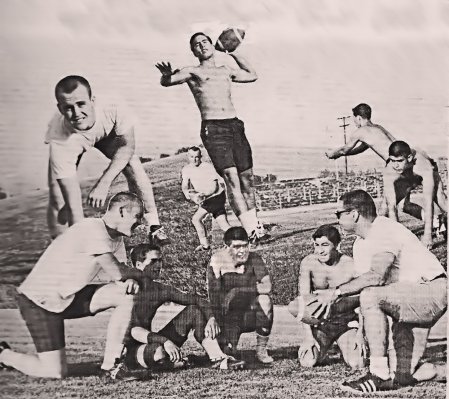
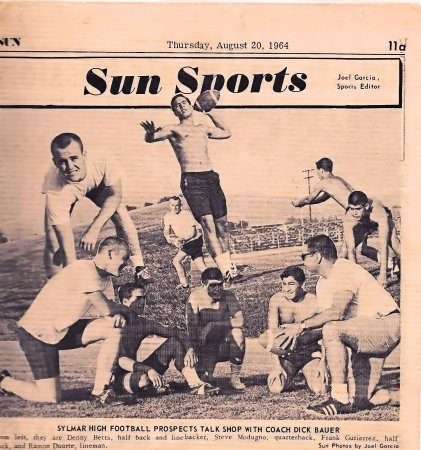
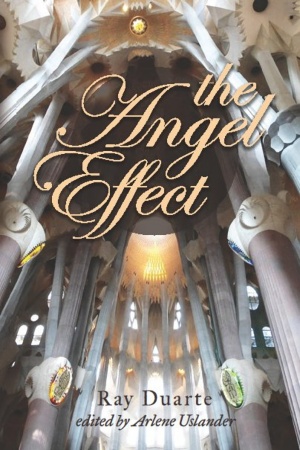
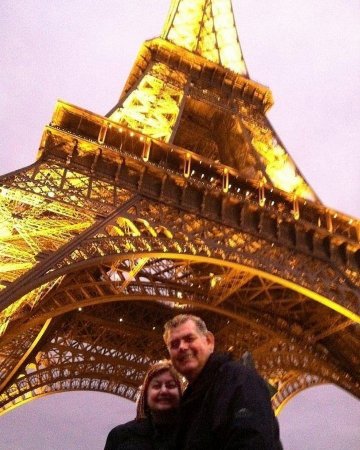
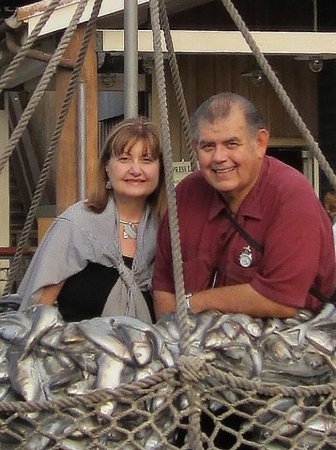
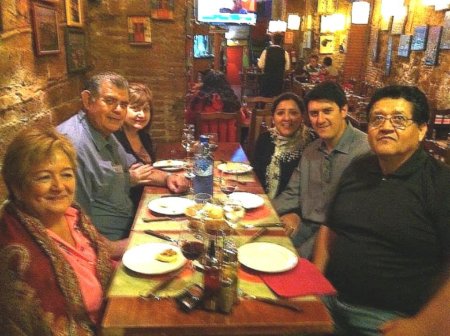
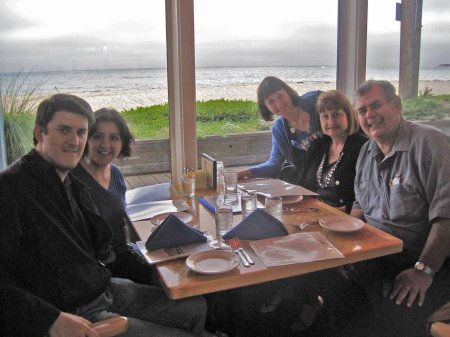
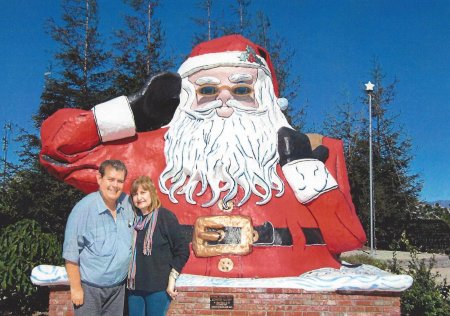
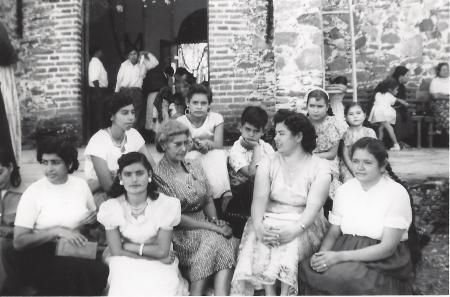
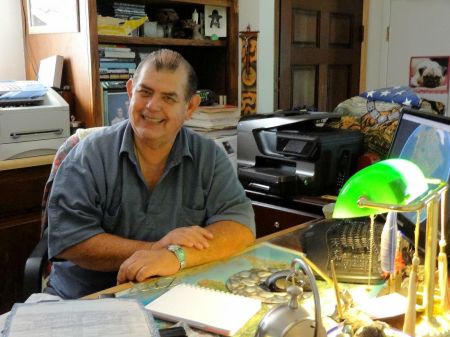
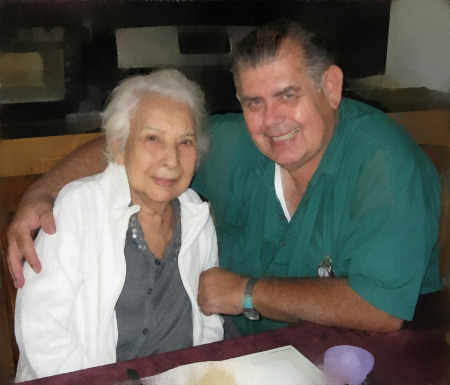
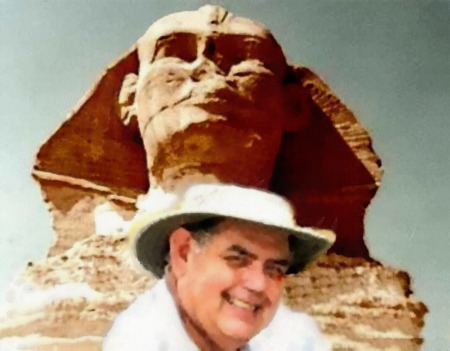
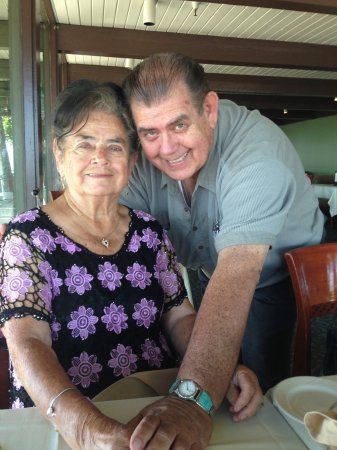
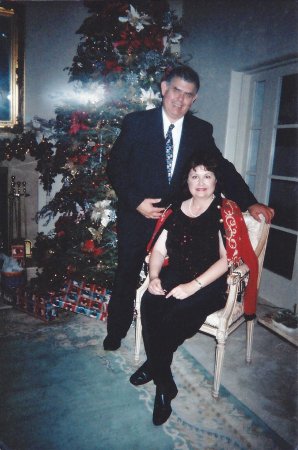
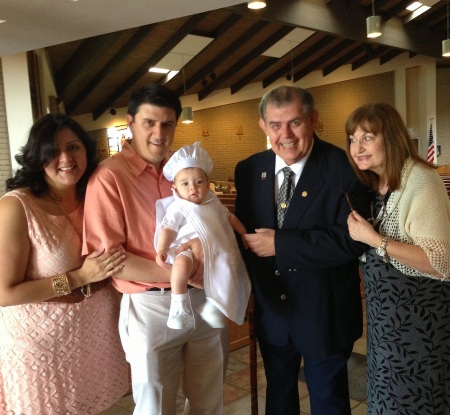
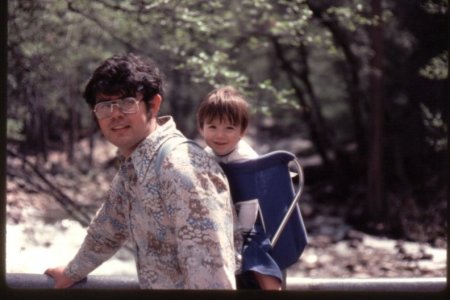
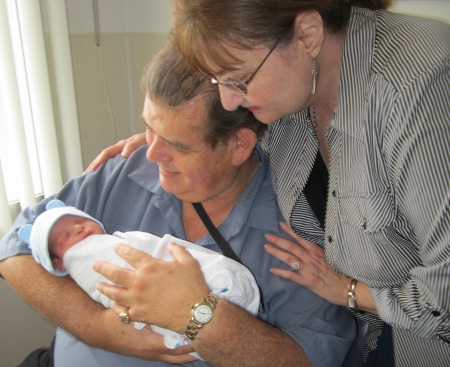






![Alvin Cullum York (December 13, 1887 – September 2, 1964), also known as Sergeant York, was one of the most decorated United States Army soldiers of World War I.[1] He received the Medal of Honor for leading an attack on a](https://s3.amazonaws.com/cmpb/medium/c/0/5/b/100175820044_1602997724728.jpg)













Register for Free to view all photos!



